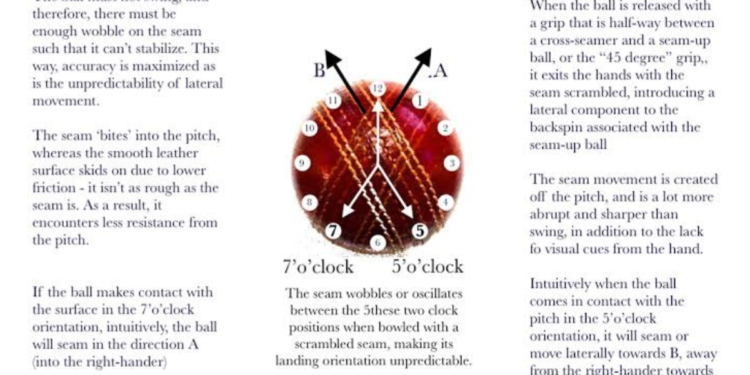What is Strike Rate in Cricket?
In the sport of cricket, strike rate is a crucial statistic used to measure a player’s efficiency and aggressiveness during their time at the crease. It is a numerical representation of how many runs a player scores per 100 balls faced, indicating how quickly they are able to accumulate runs. A high strike rate suggests that a player is scoring runs at a rapid pace, while a lower strike rate may indicate a more defensive approach or less effectiveness in scoring runs quickly.
Having a good strike rate is essential for players in limited-overs formats like One Day Internationals (ODIs) and Twenty20 cricket, where the emphasis is on scoring runs quickly within a limited number of overs. A high strike rate not only puts pressure on the opposition bowlers but also helps the team in setting or chasing a challenging target. It is a key parameter that selectors, coaches, and fans often look at to assess a player’s impact and contribution to the team’s success.
Why is Strike Rate Important in Cricket?
In cricket, strike rate is a crucial statistic that provides insight into a player’s effectiveness on the field. A high strike rate indicates that a batsman is scoring runs quickly, putting pressure on the opposition, and potentially helping their team set a formidable target or chase down a total. On the other hand, a low strike rate may suggest that a player struggles to score runs at a brisk pace, which could hinder their team’s chances of winning matches.
Furthermore, strike rate also plays a significant role in assessing a bowler’s performance. A bowler with a high strike rate is more likely to take wickets frequently, creating breakthroughs that can shift the momentum of the game in their team’s favor. Conversely, a low strike rate for a bowler may indicate that they find it challenging to regularly dismiss batsmen, potentially allowing the opposition to build big partnerships and post imposing totals.
Formula for Calculating Strike Rate in Cricket
Calculating the strike rate in cricket is a simple yet essential aspect of analyzing a player’s performance on the field. The strike rate is determined by dividing the number of runs scored by the number of balls faced, then multiplying the result by 100. This formula provides a numerical value that reflects the efficiency and aggressiveness of a batsman’s scoring.
For example, if a batsman scores 50 runs after facing 75 balls, the calculation for their strike rate would be (50 runs / 75 balls) * 100 = 66.67. This means that the batsman scores runs at a rate of 66.67 runs per 100 balls faced. A higher strike rate indicates a more aggressive approach to scoring, whereas a lower strike rate may suggest a more conservative style of batting.
Factors Affecting a Player’s Strike Rate
Player’s strike rate in cricket is influenced by various factors that can significantly impact their performance on the pitch. One key aspect affecting a player’s strike rate is their level of fitness and endurance. A player who is physically fit and able to maintain their energy levels throughout the game is likely to have a higher strike rate compared to someone who struggles with fatigue.
Another critical factor that can affect a player’s strike rate is their mental strength and ability to handle pressure situations. A player with a strong mental game and the capacity to stay focused and composed during tense moments is more likely to perform well and maintain a high strike rate. Conversely, players who struggle with nerves or find it difficult to handle pressure may see a dip in their strike rate due to lapses in concentration.
Difference Between Batting Strike Rate and Bowling Strike Rate
Batting Strike Rate and Bowling Strike Rate are two key metrics used in cricket to evaluate a player’s performance from different perspectives. Batting Strike Rate is a measure of how quickly a batsman scores runs, calculated by the number of runs scored per 100 balls faced. It indicates the aggressiveness and efficiency of a batsman in accumulating runs during their innings. A high batting strike rate suggests that a player can score briskly but may also carry a higher risk of getting out quickly.
On the other hand, Bowling Strike Rate is a metric used to assess a bowler’s effectiveness in taking wickets, calculated by the number of balls bowled per wicket taken. A lower bowling strike rate indicates that a bowler can dismiss batsmen more frequently within a shorter span of deliveries. It reflects the capability of a bowler to break partnerships and make crucial breakthroughs for their team. While a good batting strike rate is desirable for batsmen, a low bowling strike rate is favored among bowlers to demonstrate their proficiency in taking wickets swiftly.























